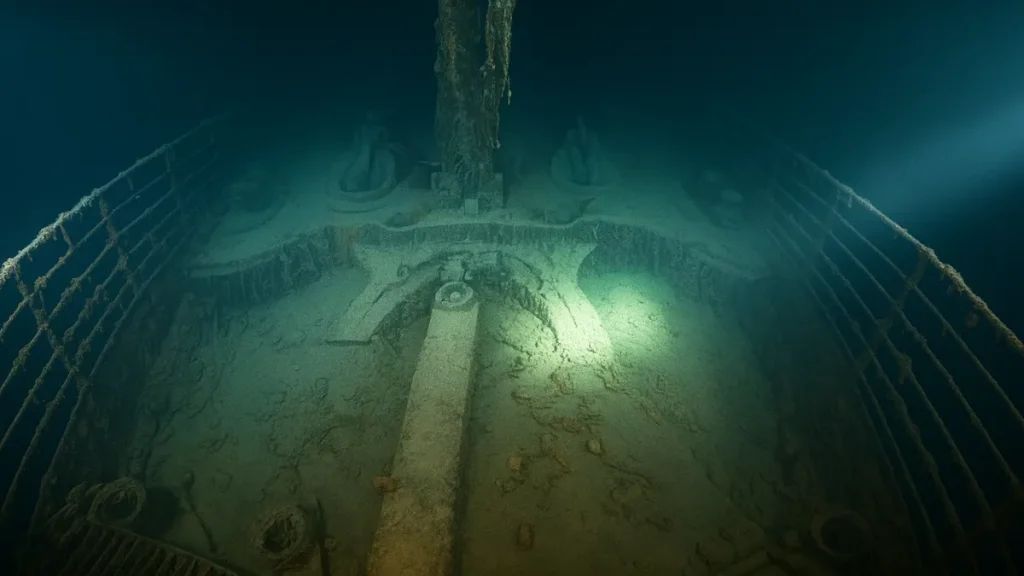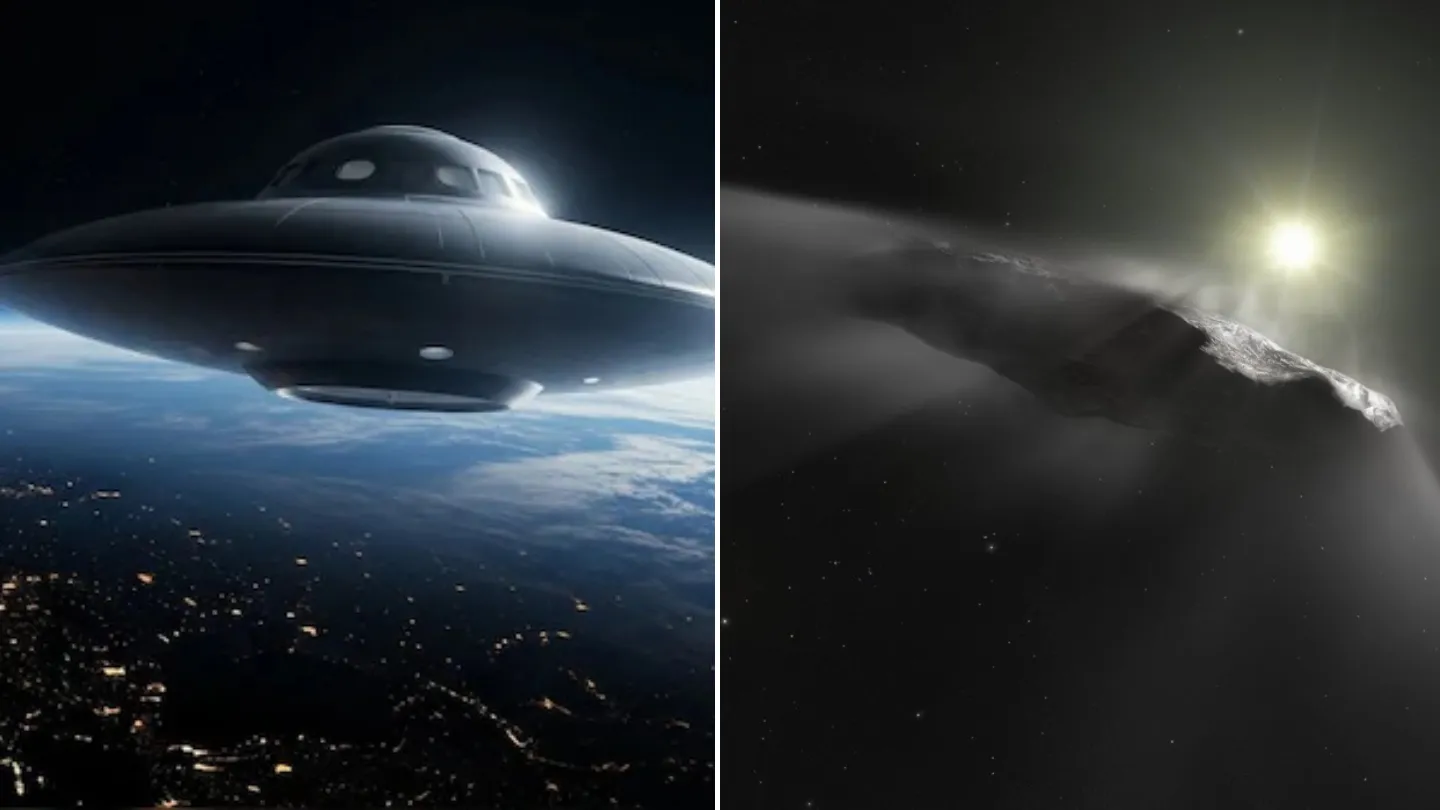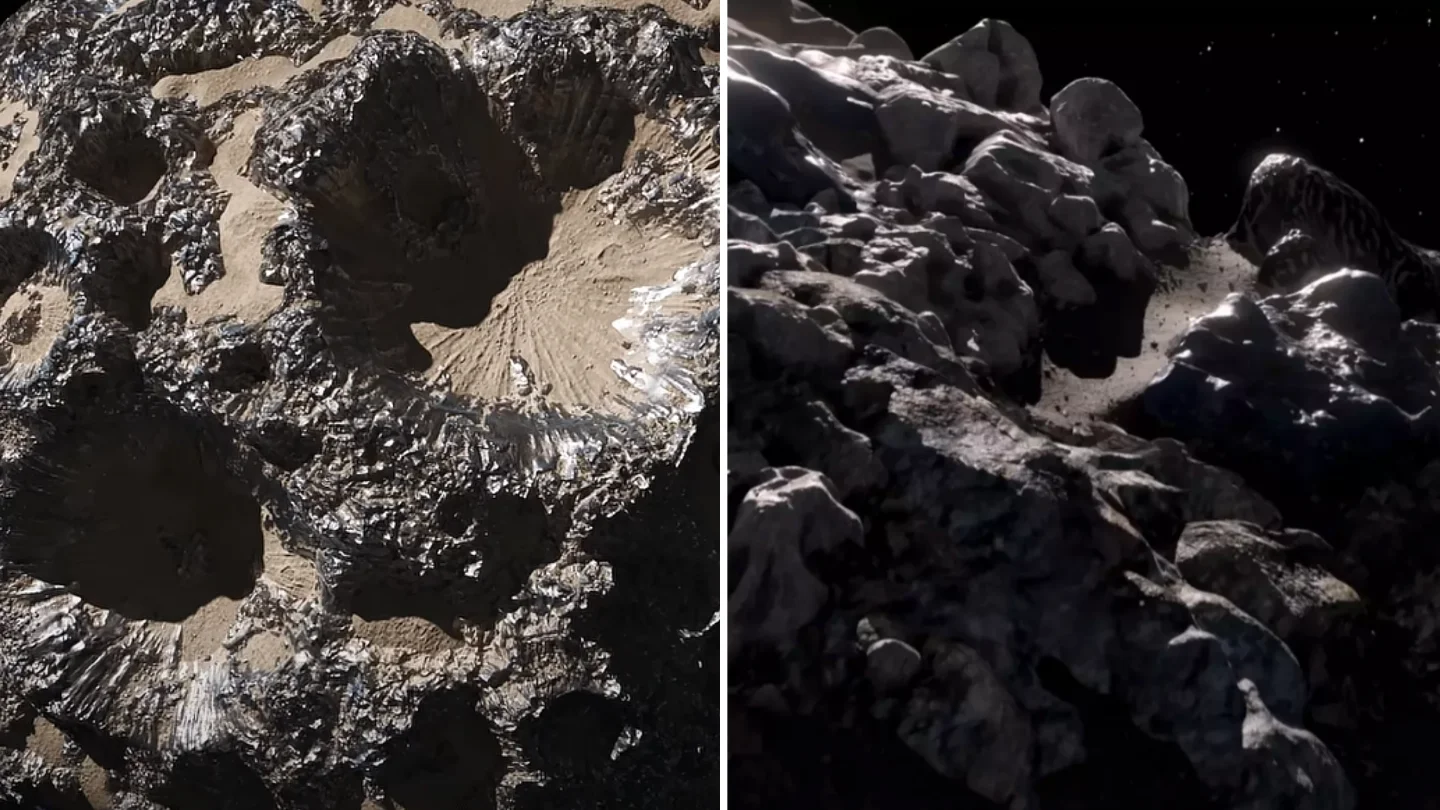For more than a century, the haunting ruins of the RMS Titanic have rested on the ocean floor, silently preserving one of the greatest maritime tragedies in history.
Thousands of photographs, countless documentaries, and even a Hollywood blockbuster have revisited the wreck, but one question continues to puzzle millions: why have no human skeletons ever been found?
Despite over 1,500 lives lost when the luxury liner struck an iceberg in 1912, deep-sea expeditions have never uncovered a single set of human remains.
Explorers have discovered furniture, jewelry, clothing, and shoes lying undisturbed, yet the people themselves seem to have vanished completely.
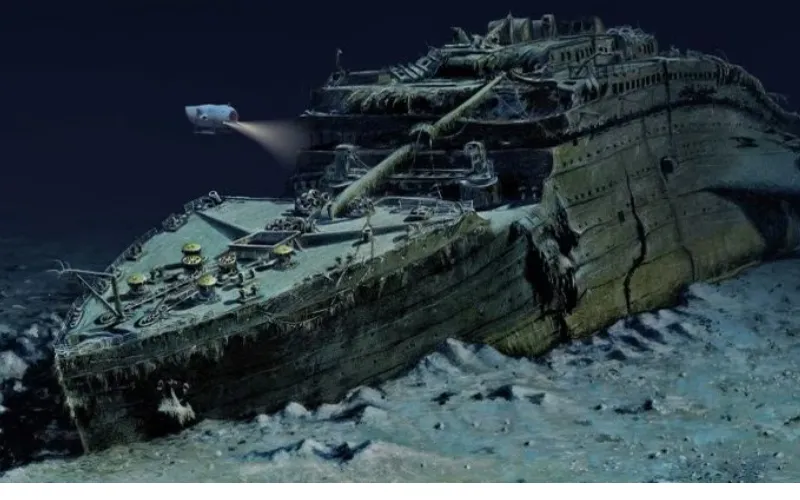
The wreck lies 12,500 feet beneath the surface of the North Atlantic, around 325 nautical miles off the coast of Newfoundland.
It was discovered in 1985 by oceanographer Robert Ballard, who confirmed that the ship had split into two sections lying nearly 2,000 feet apart.
But even he was surprised to find that not a single skeleton remained.
James Cameron, the director of Titanic, has descended to the wreck 33 times. He told:
“We’ve seen clothing. We’ve seen pairs of shoes, which would strongly suggest there was a body there at one point. But we’ve never seen any human remains.”
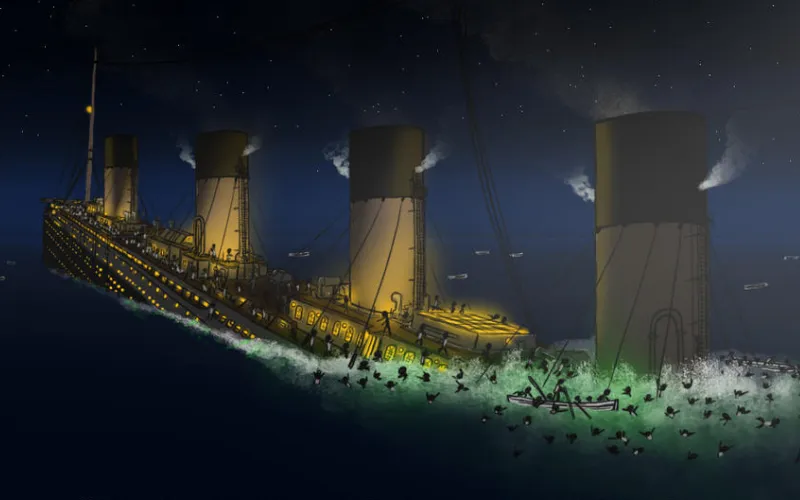
Experts say the answer lies in the extreme conditions of the deep ocean. At such depths, the pressure, temperature, and chemistry of the seawater make survival of organic material nearly impossible.
Robert Ballard explained that the water below this level is chemically hostile to bones.
“The water in the deep sea is undersaturated in calcium carbonate, which is mostly what bones are made of,” he said. “Once the critters eat their flesh and expose the bones, the bones dissolve.”
The deep-sea environment also supports bacteria that consume organic material at a rapid rate.
Studies show that when a carcass is placed on the seabed, it can be stripped of flesh within days and completely decomposed within months.
Scientists once conducted an experiment using a pig carcass roughly the size of a human.
Within four days, the remains were reduced to bones, and within six months, even the bones had disappeared.
Given that more than 110 years have passed since the Titanic sank, experts agree it’s no surprise nothing remains today.
Ballard pointed out that the Titanic lies below the calcium carbonate compensation depth, meaning even if bones once existed, the surrounding seawater would have slowly dissolved them.
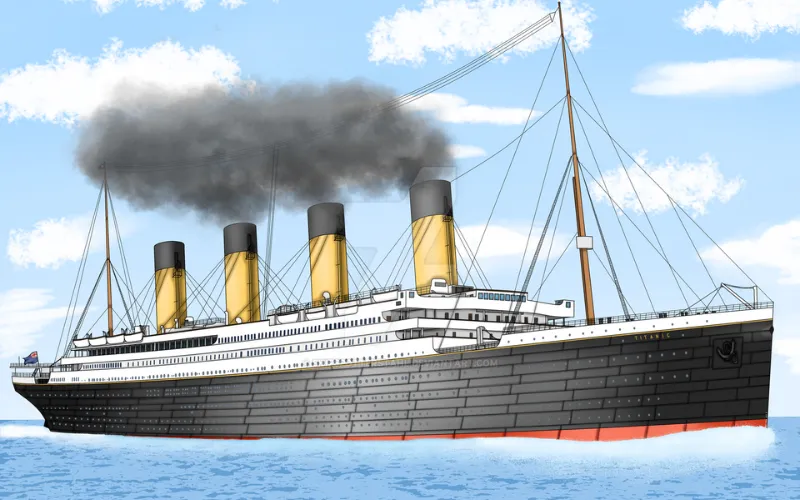
By contrast, he noted that in places like the Black Sea, where there are no scavengers and lower oxygen levels, bodies can remain preserved for centuries.
The chilling realization is that the ocean itself consumed every trace of human life from the Titanic.
All that remains are shoes, clothes, and personal belongings… silent reminders of the 1,517 souls who vanished into the depths that fateful night.
Over time, these items have become ghostly markers on the seafloor, showing where victims once lay.
And while the ship’s grandeur still captures the world’s imagination, the true story beneath the waves is one of nature’s power a reminder that even history’s most tragic events are eventually claimed by the sea.
Featured Image Credit: (GoodFon)

